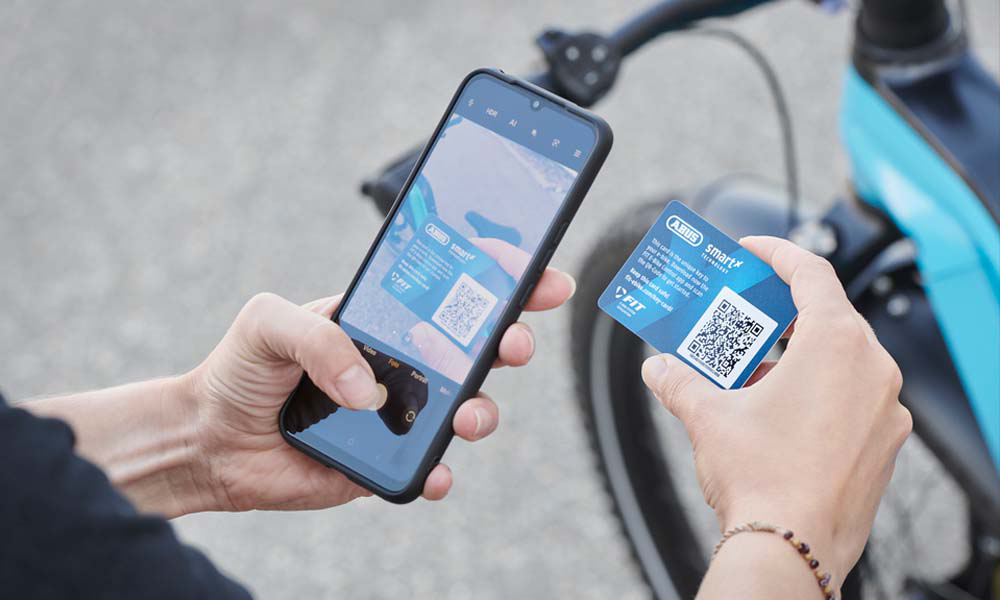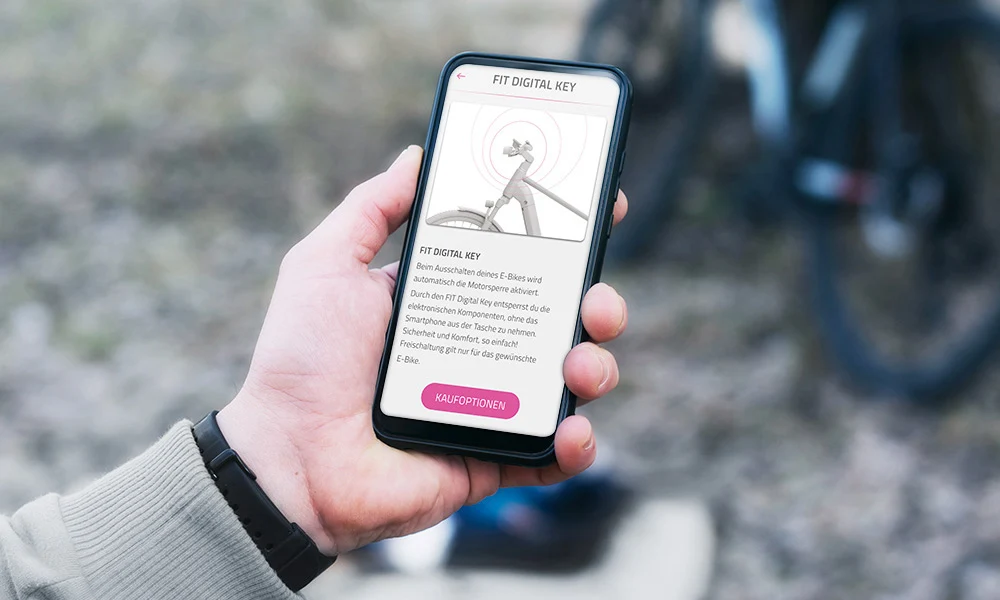E-BIKE CONNECTIVITY
TURN YOUR E-BIKE INTO A DIGITAL ALL-ROUNDER
Whether smart phones or tablets, digitization is progressing in leaps and bounds. So it comes as no surprise to learn that bicycles are becoming increasingly digital. Electrical and digital tools already range from bicycle computers to intelligent gears. However, the trend for bicycle digitization becomes most evident in the case of e-bikes. The buzzword here is e-bike connectivity.
WHAT IS E-BIKE CONNECTIVITY?
But what does connectivity on e-bikes actually mean? In science, connectivity describes the interconnection of different communication systems. Transferred to e-bikes, this means that various components on the bike can communicate with each other digitally. This is usually via wireless communication channels such as Bluetooth or ANT+ connections. At the same time, however, these connectivity options enable the e-bike to communicate with external devices such as smart phones. The e-bike thus becomes part of a connected network – putting it at the heart of digitization.
The first steps in the field of e-bike connectivity were made in the early 2010s. However, the topic has gained momentum in recent years – in the truest sense of the word. Thanks to their connectivity features, modern e-bikes have numerous functions – for both end users as well as for dealers and manufacturers. This enables navigation with external apps as well as simply pairing your smart phone with your bike. On the dealer and manufacturer sides, digital readouts are possible using suitable diagnosis software similar to that for a car – thus allowing better maintenance of the e-bike. The result is a much better e-bike experience, whether you’re on a tour or need to repair your bike.
E-BIKE CONNECTIVITY WITH FIT
There’s a good reason why connectivity is one of the basic principles of the FIT 2.0 e-bike system. All of the components – from the battery to the display – are linked in this way. The company’s own FIT smart phone app can also be paired with the e-bike via a Bluetooth connection. This can then be used to call up detailed information about your own e-bike and riding data at the same time, turning the app into a substitute display. But that’s not all: the app can also be used for navigation and to set the motor’s assistance levels.
As a substitute display, the mobile phone not only becomes an extension of the e-bike itself, but also serves as a useful tool for e-bike maintenance – for example, with regard to analyses and software updates. The connection between the e-bike and smart phone even goes so far as to enable the mobile phone to be used as a key for the e-bike. For example, the FIT digital key feature can be activated via in-app purchases, turning the smart phone into a digital lock opener for the e-bike – and thus also a practical and important security feature.


EXAMPLE
FIT AND KOMOOT
The interaction between FIT components and the Komoot app. demonstrate what e-bike connectivity looks like in practice. With over 15 million users worldwide, the tour portal has become one of the most popular options when it comes to bicycle navigation on the Internet. You can use Komoot to not only plan tours for a wide range of different bike types and fitness levels, but also follow them up on your own Komoot app.
Whereas users are normally tied to their smart phones, the connectivity of FIT components with the Komoot app makes route planning much easier. Both the FIT Display Comfort and the FIT Display Compact can be easily linked to the app. Thanks to the turn-by-turn navigation feature, Komoot’s instructions – such as turn left or right – are then sent directly to the display. The mobile phone, on the other hand, can be safely stowed away in your jersey pocket or elsewhere. This results in a tidier cockpit and, at the same time, more enjoyable tours.
21.05.2021

